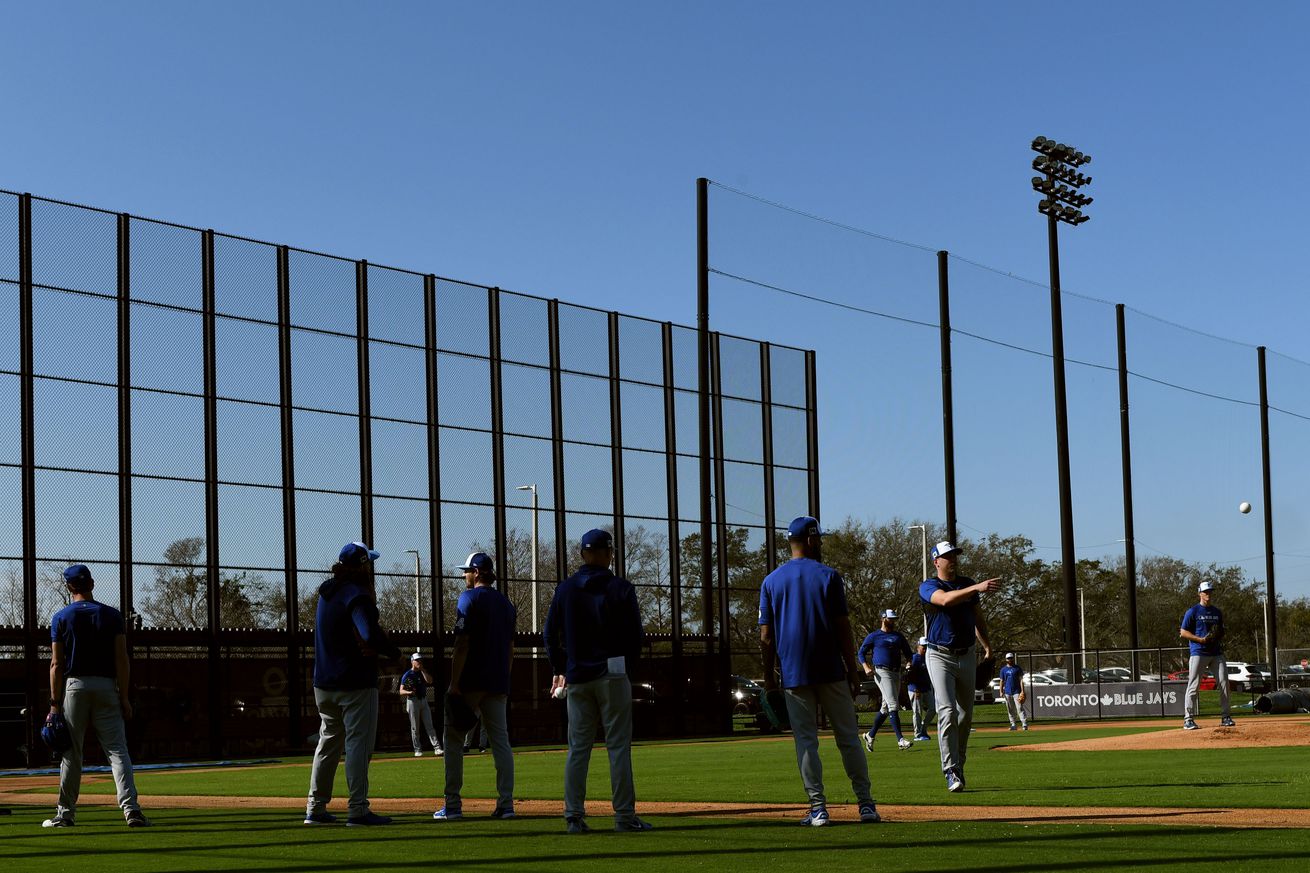
The first player I want to profile in this series this year ends up not being someone I had on my watch list last week, but a player who’s attracted little notice to this point in his career and who I wasn’t even really tracking until he popped out loudly as I was trawling the box scores last week.
Gage Stanifer was the Jays’ 19th round pick in the 2022 draft out of his high school in Westfield, Indiana, and opted to go pro instead of attending Cincinnati. He wasn’t a hyped prospect at the time, not having made Baseball America’s top 500 heading into the draft, and signed for the $125,000 post-10th round limit, meaning the Jays didn’t have to raid their bonus pool to get him. He spent 2023 at the complex before getting his first real game action at Dunedin last season. Neither campaign was really notable, with some OK strikeout numbers but way too high walk totals.
Through last year, Stanifer’s stuff was interesting but not remarkable at all. His fastball sat at 92, with some decent arm side run, and he had a change and a slow slider, the latter of which had some depth. Matt had flagged him for touching 94 with his fastball but otherwise he was pretty raw and we didn’t seriously consider including him in our top 40 either of the past two winters. The early 2025 returns, though, say he’ll make it comfortably next winter. In three appearances so far, all as the second half of a tandem start, he’s pitched 12 innings and faced 49 batters, striking out 20 while allowing six walks and just four hits.
That jump in performance is powered by a huge jump in his velocity. He’s gone from sitting about 92 and occasionally touching 94 to sitting 94-96 and routinely getting it up to 97. StatCast mostly calls his fastballs sinkers, I think because they have over a foot of arm side run that would be atypical for a four seamer, but the 17 inches of induced vertical break (‘rise’) would be a bit above average for a 95mph MLB four seamer, so the pitch doesn’t do any sinking. It’s a shape that should play well with his delivery, which features a deep drop and long stride and a short three quarters arm action that creates a low release point. Regardless of classification, it’s gone from interesting to a present plus MLB pitch over the course of the winter.
His secondaries have improved as well. The spin rate on his change-up is down by about 100rpm (typically a good thing for that pitch, unlike breaking balls), and it now comes in 2.5mph harder and with more vertical separation off the fastball. His slider’s also gotten harder, averaging 85 although he’ll sometimes drop it into the low 80s. It has easy plus depth, with 4.5 inches of induced downward break.
Based purely on stuff, all of the sudden Stanifer looks like a guy who could get outs in the major leagues tomorrow. Of course, stuff isn’t everything. As the six walks in 12 innings suggest, his control is still a bit scattershot. He looks bigger and stronger this year, which should help him corral his delivery more consistently, but there remains work to do and even with progress it’s likely that he’ll have reliever grade command. The real test will be as he moves up the ladder, whether he can locate well enough to handle batters who aren’t simply overwhelmed by his stuff the way A ball guys have been. As with all pitchers who experience a velocity spike, we’ll also have to wait and see whether he can maintain the improvement, and whether his body can stand up to his increased power.
For now, though, a player who had been pretty far under the radar in his career to date has popped up with a bang. Following him will be a priority for the rest of the season.